#history of computers
Explore tagged Tumblr posts
Text
Wrong: Ada Lovelace invented computer science and immediately tried to use it to cheat at gambling because she was Lord Byron's daughter.
Right: Ada Lovelace invented computer science and immediately tried to use it to cheat at gambling because that was the closest you could get in 1850 to being a Super Mario 64 speedrunner.
#history#computers#computer science#ada lovelace#memes#gaming#video games#super mario 64#speedrunning
50K notes
·
View notes
Text
History of Computers - Navigating the Evolution of Computing
Embark on a journey through the captivating evolution of computing, from the ingenious inventions of Charles Babbage to the transformative technologies of the modern era. Delve into pivotal moments and visionary thinkers that have shaped the course of computing history, revolutionizing the way we live, work, and connect with the world. History of Computers 1. The Ingenious Innovations of…

View On WordPress
0 notes
Text
So I'm watching someone play Still Wakes The Deep and it's neat and spooky and WAIT A FUCKING SECOND

IS THAT A FUCKING TRACKBALL? IN 1975?

Okay, look, trackballs date back to the 40s, but THAT IS NOT A 70'S TRACKBALL.
That is, in fact, a Reveal RA010 from 1993.
You're eighteen years off!
(And you made it look old, too, implying it isn't brand new in 1975. Damn it)
2K notes
·
View notes
Text
I am not old enough to have used the 8-inch disks.
I did, however, learn to use computers at school with the 5.25 inch disks, the ones that still lived up to the name “floppy.”
And every incarnation of disk in between that and DvDs.

source
42 years old, btw
Tag your age if you wanna bc I was just thinking about how I have used floppy disks before (I'm 25 and used them in elementary computer lab) but my 22 y.o. brother hasn't which is so weird to me like 3 years isn't a long time at all to me
#technology#history of computing#history of computers#floppy discs#floppy disk#polls#tumblr poll#internet ancient#old in internet years
10K notes
·
View notes
Text

5K notes
·
View notes
Text


this is the funniest fucking thing, after you kinda murdered your professor you become friends and go to jcpenny for a friendship photoshoot
#im upset ill be away from my computer all weekend so i cant photoshop these goobers into funny little places#maybe ill find a way#puppet history#watcher#ryan bergara#shane madej#watcher entertainment
11K notes
·
View notes
Text

LaRue Burbank, mathematician and computer, is just one of the many women who were instrumental to NASA missions.
4 Little Known Women Who Made Huge Contributions to NASA
Women have always played a significant role at NASA and its predecessor NACA, although for much of the agency’s history, they received neither the praise nor recognition that their contributions deserved. To celebrate Women’s History Month – and properly highlight some of the little-known women-led accomplishments of NASA’s early history – our archivists gathered the stories of four women whose work was critical to NASA’s success and paved the way for future generations.
LaRue Burbank: One of the Women Who Helped Land a Man on the Moon
LaRue Burbank was a trailblazing mathematician at NASA. Hired in 1954 at Langley Memorial Aeronautical Laboratory (now NASA’s Langley Research Center), she, like many other young women at NACA, the predecessor to NASA, had a bachelor's degree in mathematics. But unlike most, she also had a physics degree. For the next four years, she worked as a "human computer," conducting complex data analyses for engineers using calculators, slide rules, and other instruments. After NASA's founding, she continued this vital work for Project Mercury.
In 1962, she transferred to the newly established Manned Spacecraft Center (now NASA’s Johnson Space Center) in Houston, becoming one of the few female professionals and managers there. Her expertise in electronics engineering led her to develop critical display systems used by flight controllers in Mission Control to monitor spacecraft during missions. Her work on the Apollo missions was vital to achieving President Kennedy's goal of landing a man on the Moon.
Eilene Galloway: How NASA became… NASA
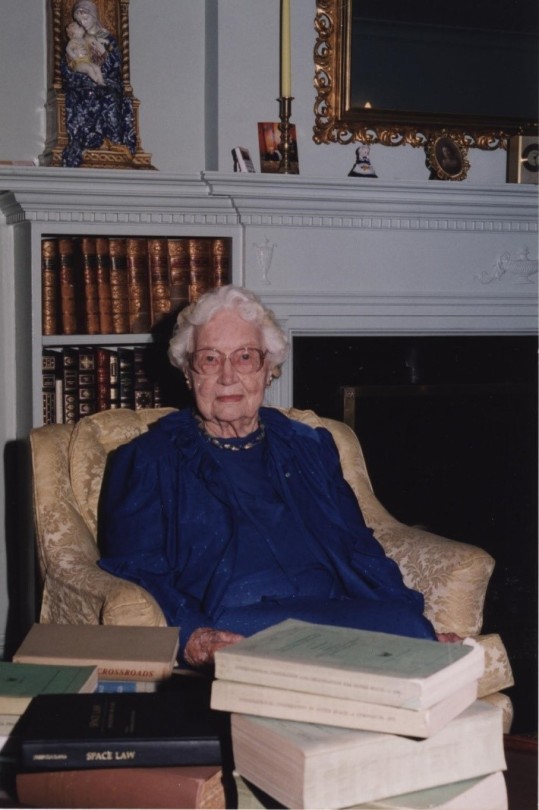
Eilene Galloway wasn't a NASA employee, but she played a huge role in its very creation. In 1957, after the Soviet Union launched Sputnik, Senator Richard Russell Jr. called on Galloway, an expert on the Atomic Energy Act, to write a report on the U.S. response to the space race. Initially, legislators aimed to essentially re-write the Atomic Energy Act to handle the U.S. space goals. However, Galloway argued that the existing military framework wouldn't suffice – a new agency was needed to oversee both military and civilian aspects of space exploration. This included not just defense, but also meteorology, communications, and international cooperation.
Her work on the National Aeronautics and Space Act ensured NASA had the power to accomplish all these goals, without limitations from the Department of Defense or restrictions on international agreements. Galloway is even to thank for the name "National Aeronautics and Space Administration", as initially NASA was to be called “National Aeronautics and Space Agency” which was deemed to not carry enough weight and status for the wide-ranging role that NASA was to fill.
Barbara Scott: The “Star Trek Nerd” Who Led Our Understanding of the Stars
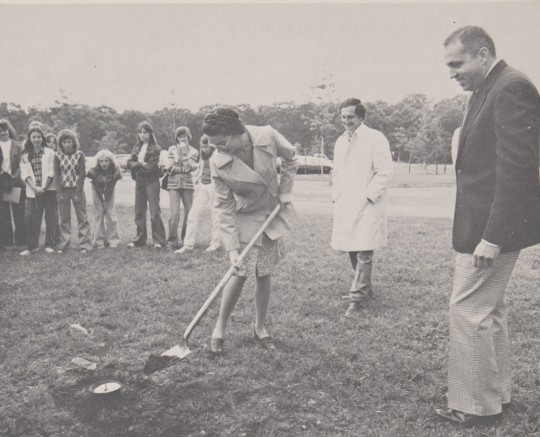
A self-described "Star Trek nerd," Barbara Scott's passion for space wasn't steered toward engineering by her guidance counselor. But that didn't stop her! Fueled by her love of math and computer science, she landed at Goddard Spaceflight Center in 1977. One of the first women working on flight software, Barbara's coding skills became instrumental on missions like the International Ultraviolet Explorer (IUE) and the Thermal Canister Experiment on the Space Shuttle's STS-3. For the final decade of her impressive career, Scott managed the flight software for the iconic Hubble Space Telescope, a testament to her dedication to space exploration.
Dr. Claire Parkinson: An Early Pioneer in Climate Science Whose Work is Still Saving Lives
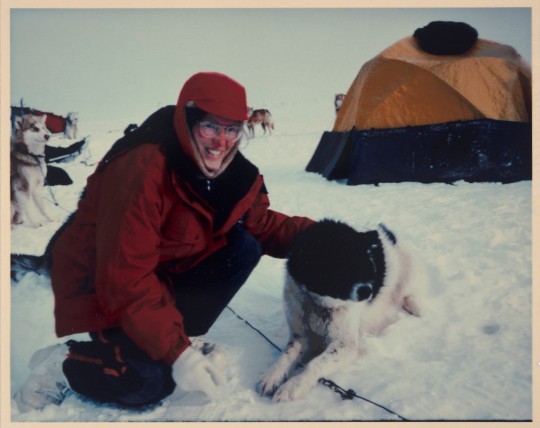
Dr. Claire Parkinson's love of math blossomed into a passion for climate science. Inspired by the Moon landing, and the fight for civil rights, she pursued a graduate degree in climatology. In 1978, her talents landed her at Goddard, where she continued her research on sea ice modeling. But Parkinson's impact goes beyond theory. She began analyzing satellite data, leading to a groundbreaking discovery: a decline in Arctic sea ice coverage between 1973 and 1987. This critical finding caught the attention of Senator Al Gore, highlighting the urgency of climate change.
Parkinson's leadership extended beyond research. As Project Scientist for the Aqua satellite, she championed making its data freely available. This real-time information has benefitted countless projects, from wildfire management to weather forecasting, even aiding in monitoring the COVID-19 pandemic. Parkinson's dedication to understanding sea ice patterns and the impact of climate change continues to be a valuable resource for our planet.
Make sure to follow us on Tumblr for your regular dose of space!
#NASA#space#tech#technology#womens history month#women in STEM#math#climate science#computer science
2K notes
·
View notes
Text
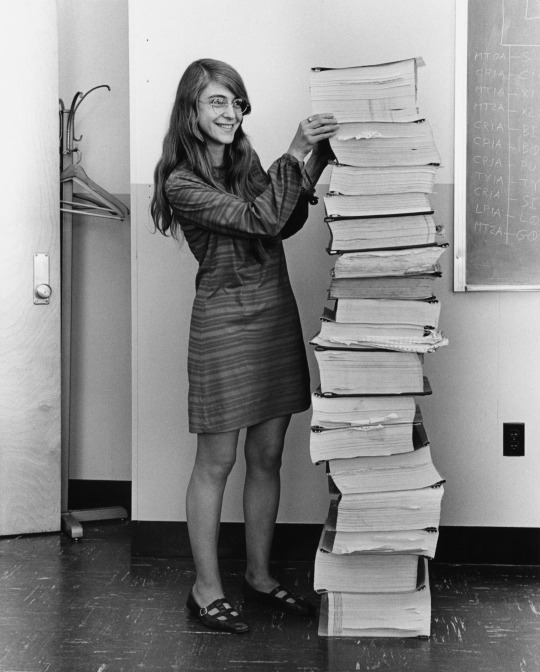
Margaret Hamilton, Director of the Apollo project Software Engineering Division, with a stack of papers containing the code to the Apollo Guidance Computer navigation software. The software that on this day, in 1969, guided Neil Armstrong and Buzz Aldrin when they landed on the Moon.
6K notes
·
View notes
Text

Installation of a UNIVAC Solid State computer, 1959.
602 notes
·
View notes
Text
The IBM 5150 is perhaps the most influential computer in history. Launched in 1981 under the name Personal Computer, the PC marked the beginning of an architecture that became the industry standard and brought innovations and features that continue to be present in the computers we use until today.

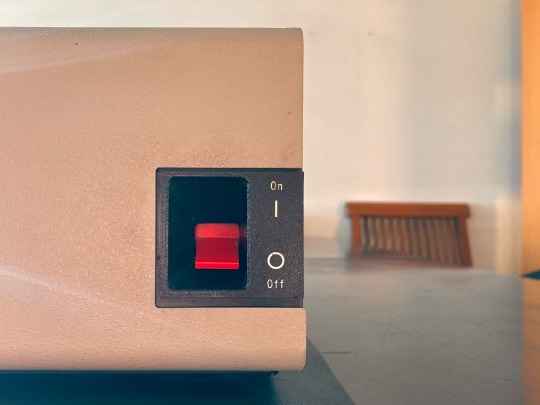
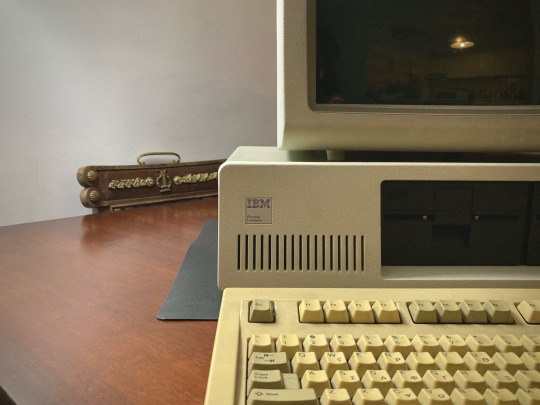

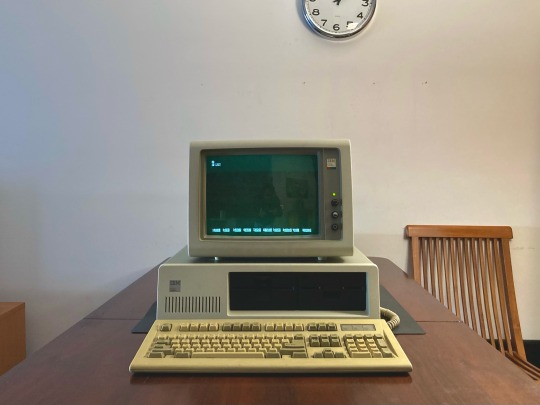

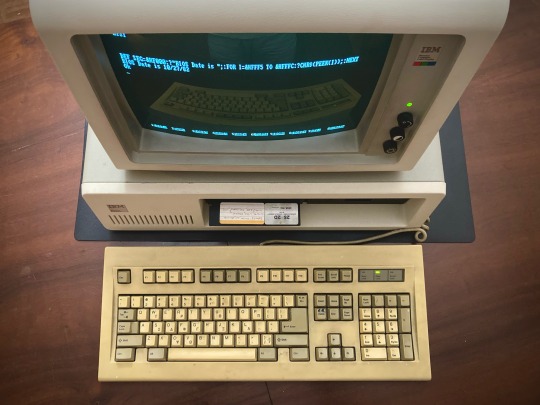

2K notes
·
View notes
Photo
if you found this post interesting, i would love to be the first person to introduce you to the thrilling adventures of lovelace and babbage !! it's a graphic novel based off of ada lovelace with a steampunk bend and most of it is quite fictional BUTTT there are real events and correspondences thrown in and it is so utterly fascinating to read those footnotes.
also the art style is BEAUTIFUL!!! look at this fantastic woman.

lord byron plays a not insignificant role as well <3 and there is a beautiful thought here about how computer programming was just another form of poetry and however much her mother pushed her towards math, it just led her to combine both parts of her heritage. she spoke poems of numbers. etc!!!! as a computer scientist who is also a poet and vice versa, this book genuinely changed my entire perspective on my life and got me interested in computers in the first place.
also if you are a luddite you've got some great rep in here as well <3 it's got something for everyone!!

#ada lovelace#science#computer programming#history#history of computers#graphic novels#illustrations
89K notes
·
View notes
Text




Luck of the Irish
#red dead redemption 2#rdr2#proving to myself I can draw men occasionally#thinking about how my Irish self went into rdr2 not knowing there were any Irish characters in the game#and then I heard O’Driscolls and Molly speaking and I was like oh cool!!! Irish immigrant history in my cowboy game!!!!#a few months later I am weeping in front of my computer over that tragic ginger lady#this took FOREVERRRR I really like it though!!!#molly o'shea#sean macguire#kieran duffy#fanart#digital art#my art
403 notes
·
View notes
Text

1K notes
·
View notes
Text
About twenty years back, there was this weird transitional period after companies had figured out that harvesting their users' demographic information was a potential gold mine but before we lived in a hellish panopticon where any website operator could look up your IP address and know what you had for breakfast where some sites would try to get you to fill out, like, detailed demographic surveys before they'd let you access their stuff. Not just age, gender and geographic location, either – some of them would fish for employment status, marital status, brand preferences, even religious affiliation. A lot of folks I knew would just pick the first option in every dropdown, but my move was always to fill in the demographic information of the current Pope, at least as far as I was able to determine it (brand preference was always a tricky one). I like to think that, thanks to my efforts, their data sets are haunted to this day by a phantom pontiff.
#life#computers#internet#history#nostalgia#capitalism#food mention#religion mention#christianity mention#catholicism mention#hovering my mouse over the checkbox in an agony of indecision as i internally debate whether the pope knows what pringles are
8K notes
·
View notes
Text

Not to be turboweird on main but old supercomputers smell really, really good.
760 notes
·
View notes
